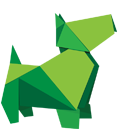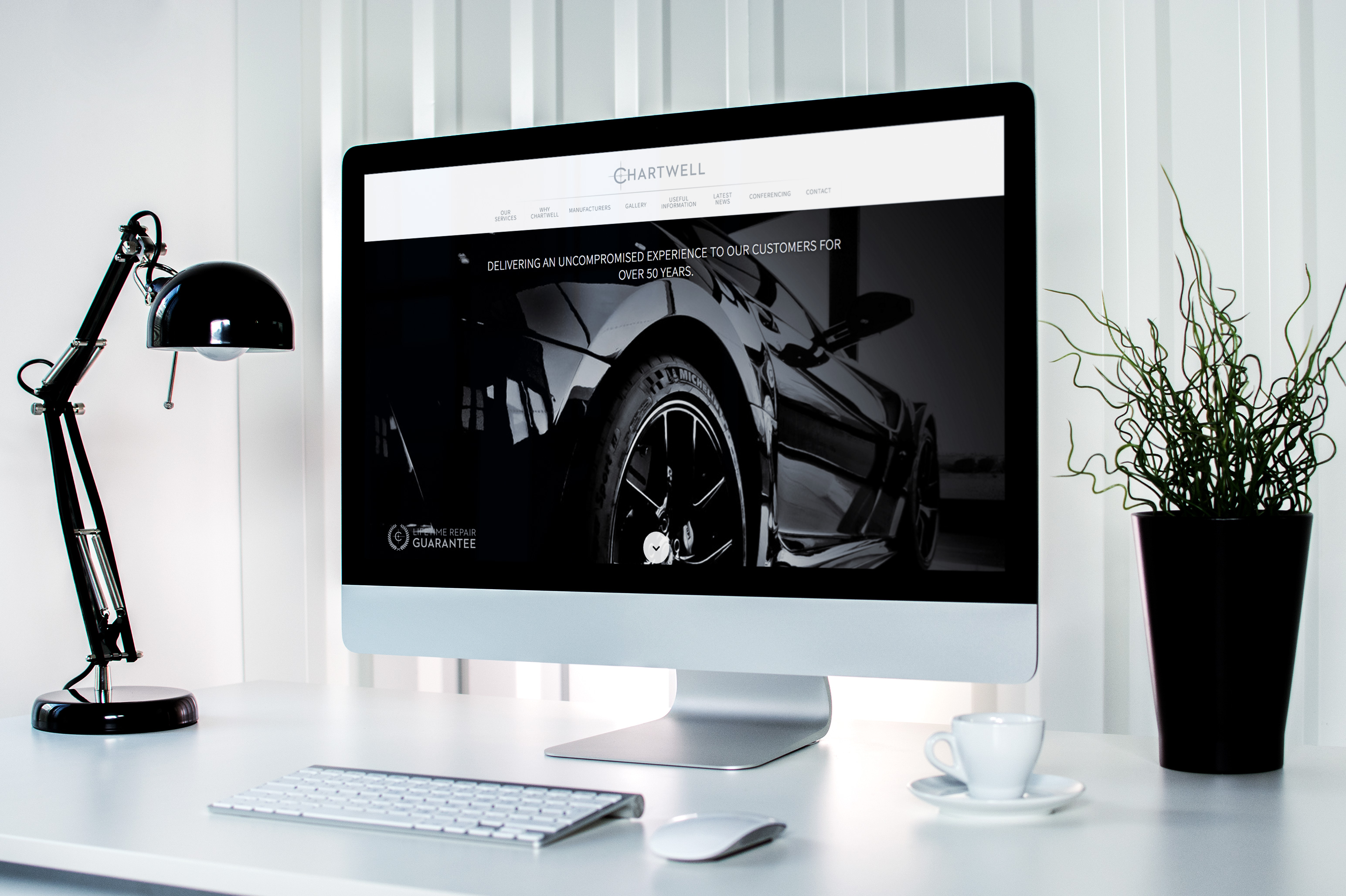Do you want to improve your ecommerce website? It may not be an overnight success, but making some small changes can help to maximise your conversion rates and win over customers.
What makes a good e-commerce product page?
Where are the visuals? People want to see images and videos
This years online retailing figures highlight that ecommerce is the fastest growing retail market in Europe, with sales growing from £132.05 bn in 2014 to £156.67 bn in 2015, which is a 18.6% increase (RetailMeNot)
People want to see high quality photos of products from a range of different angles. Context is also important though, so instead of just using product images, show the environment which that person may use the product. Cheesy stock photos should be avoided at all costs, but product videos can be beneficial for explaining how a product may work.
A nicely done video can be shared multiple times and instructional videos are even more important when you are trying to sell something complicated.
Who to follow? It’s hard to look beyond Apple for product photos. The designers behind the website sum up the simplicity and fun of the brand.
Great Product Copy
Product descriptions should give website visitors enough information to convince them to buy a product. How long should it be? You should give customers the option of a short and long version. The shorter version should identify who the product is for, what it will do and why it is worth buying. The longer version should answer all of the customers’ questions, so they have no questions left before purchasing.
Who to follow? Fit bit have very clear copy, make good use of white space, utilise icons, bullet points and value propositions in the subheadings.
Remember testimonials
You should get testimonials from important people that are happy with the level of service that you have provided. Once a person agrees to write you a testimonial, then you can turn your focus to measuring quality. Does the testimonial sound genuine? Have you included a quote? Here are a few further ways to impress your website visitors who land on your testimonial page:
- Talk numbers: Rather than “we had an increase in page visits,” get your customer to talk specifics about the exact improvements required. For example, “we had a 245% increase in page visits”
- Make them stand out! So you’ve received a testimonial which sells your business really well. You must now ensure that it is highlighted to website visitors, by using bright colours and bold text.
Who to follow? Shopify go down a different route. They use minimal colours, but they ensure that the testimonial pages are not dull by personalising them with pictures of customers.
Directional cues
There are two types of directional cues; explicit cues direct your prospects with the use of arrows and lines, whereas suggestive cues drive your eyes to a certain area of a page with whitespace. It takes 3 seconds for a person to make a decision on a landing page. What questions may a website visitor be asking?
- Is this page related to the link I clicked and relevant to what I want?
- Is this page visually appealing?
- Do I understand what this page is about?
Does size matter with landing pages?
The ideal length of your landing page will depend largely on the goal of the page. Longer landing pages should be used for more information-intensive requests, like starting an online course, whereas shorter landing pages work best when the prospect already knows what they’re looking for.
Advantages vs Disadvantage of short landing pages
- + Less information leads to fewer distractions
- + More conversions from
- – Leads generated are generally of a lower quality
Advantages vs Disadvantages of long landing pages
- + Generate more trust and credibility
- + More quality text and optimised visuals generally do better in search engines
- – Generally receive less leads because the barrier to entry is higher as opposed to shorter landing pages
Impactful headlines:
Do you remember the rule of AIDA (Awareness, Interest, Desire, Action)? This can come in very handy for when you create powerful headlines.
- Demand attention
- Create interest
- Triggering desire
- Prompting action




